Bac Giang: A land of long-standing culture and martial arts on path of integration
Bac Giang – a sacred land with exceptional people where the indomitable spirit of the nation is nurtured - is the cradle of colourful cultural values and preserves a millennia-old heritage. Stepping into the flow of integration, Bac Giang has grown robustly, becoming a shining example of socio-economic development nationwide.
In the past, Bac Giang was a vast land stretching from the northern bank of the Red River to border regions like Luc Nam and Luc Ngan. It was later renamed Kinh Bac and Bac Ninh.
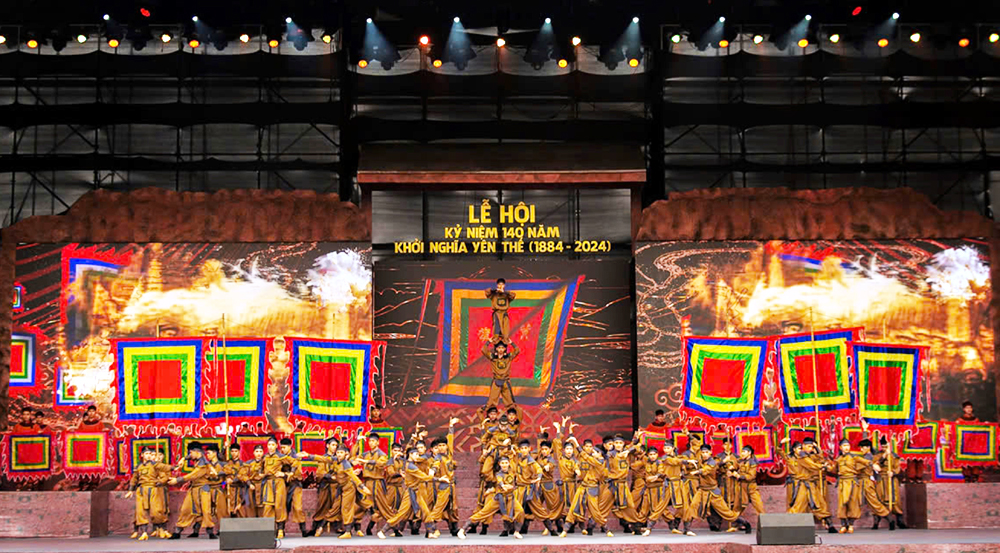 |
|
At the ceremony to mark the 140th anniversary of the Yen The Uprising. |
Today Bac Giang was officially established in 1895 under French colonial rule. In 1963, it merged with Bac Ninh to form Ha Bac province and was re-established as a separate province in 1997.
Bac Giang is characterized by the midland hills and mountains stretching from north to south and east to west. It is the homeland of the Yen The Uprising, where De Tham and his troops wrote an immortal chapter in the history of fighting against foreign invaders.
Bac Giang also witnessed the famous victory at Xuong Giang Citadel (1427), a brilliant military achievement linked with the Lam Son insurgents. The Xương Giang Victory is a symbol of unity, intelligence, and the strength of righteousness.
In addition to its martial spirit, Bac Giang is also renowned for its long-standing tradition of valuing education, passed down through generations. In feudal times, Bac Giang produced over 50 doctoral graduates, ranking eighth in the country.
Notable figures like Dr. Than Nhan Trung, known for his saying "Talent is the vital energy of the nation," which underscored the importance of nurturing intellectuals, a guiding principle that remains relevant in modern education.
Through the ups and downs of history, Bac Giang has proven itself to be a “sacred land with exceptional people” where the core values of the Vietnamese nation converge and shine.
From the heroic victories of the Yen The and Lam Son insurgents, and the sacrifice of generations of people in the struggles for independence, to the brilliant learning tradition, Bac Giang rightfully stands as a national pride.
Bac Giang, a land rich in historical tradition, is also marked by its diverse and vibrant cultural colours. According to researcher Nguyen Dinh Buu, this characteristic originates from its unique geographical location, where the refined and elegant culture of Kinh Bac meets the simple, close-knit culture of the mountainous region.
From hillside villages and winding streams, to vast rice fields, everything blends together to create a vivid cultural picture full of life.
On the other hand, Bac Giang is a sparsely populated area, where new winds from all over the country blow in. The landscape here has witnessed generations of people from various regions coming to settle and build their lives.
When war broke out, they dispersed in all directions. After peace returned, they came back with new families and brought customs and traditions from different regions, working together to rebuild the homeland.
The solidarity, sharing, and deep connections have formed the cultural beauty of Bac Giang, where everyone is ready to help those who come after them.
Throughout its long history, Bac Giang is proud of its unique spiritual and cultural heritage, such as Vinh Nghiem Pagoda - Vietnam's "First Buddhist University."
Folk arts, especially quan ho (love duet) and ca tru (ceremonial singing), have been recognised as intangible cultural heritage of humanity, with simple, intimate melodies that truly reflect life in the midland region.
Traditional craft villages like those making Ke rice paper, Chu noodles, and Van village wine are living legacies where culture is passed down through every product.
In the era of integration, Bac Giang has made remarkable progress. Once an agricultural province, it has become a dynamic industrial hub, a region of sustainable agriculture, and an attractive cultural and tourism destination in northern Vietnam.
In recent years, Bac Giang has always led the country in economic growth. In 2024, the province's Gross Regional Domestic Product (GRDP) grew by 13.85%, the highest in the country.
The industrial sector has maintained impressive growth, thanks to the strong development of industrial zones like Van Trung, Quang Chau, and Song Khe - Noi Hoang, which attract leading global tech giants such as Foxconn and Luxshare-ICT.
|
Looking to the future, Bac Giang will continue to promote economic development and cultural preservation, becoming a symbol of spreading human values, leading the path of integration, and sustainable development. |
Not only industry, the province's agricultural production has also seen rapid and comprehensive development, with a positive shift in its structure. It has maintained growth for four consecutive years since 2020, despite slow expansion in the national agricultural sector.
Bac Giang is ranked as the top province in the northern midland and mountainous region in terms of the added value of agriculture. Many agricultural products have strong brands, with lychee being a prime example, recognised as a "model Vietnamese agricultural product."
Bac Giang’s journey is not just the story of a locality but also a model of the resilience of the Vietnamese people—a place where every hardship turns into an opportunity, and every challenge is overcome with perseverance and compassion.
Looking to the future, Bac Giang will continue to promote economic development and cultural preservation, becoming a symbol of spreading human values, leading the path of integration, and sustainable development.
 Bắc Ninh
Bắc Ninh


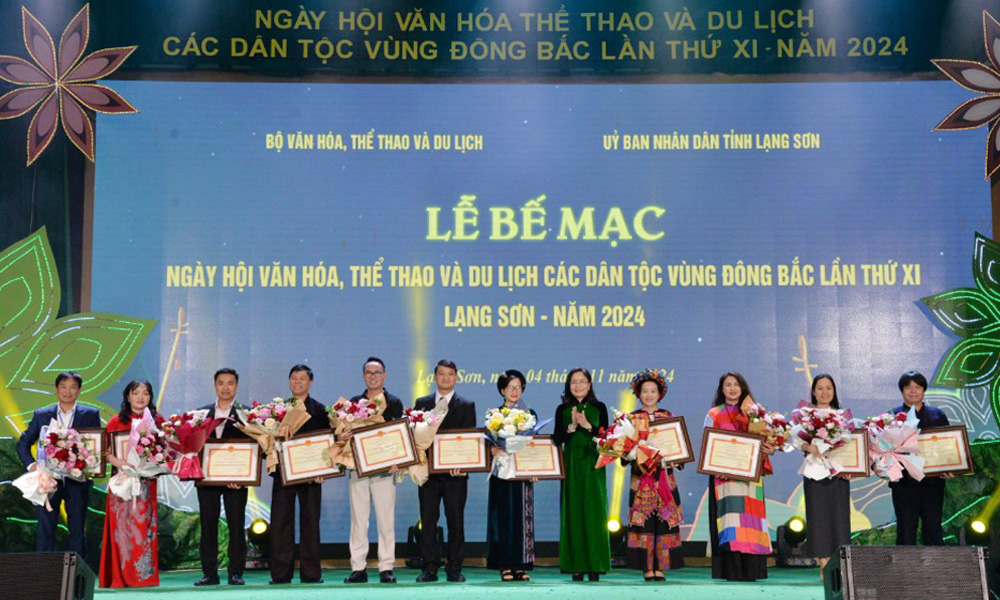


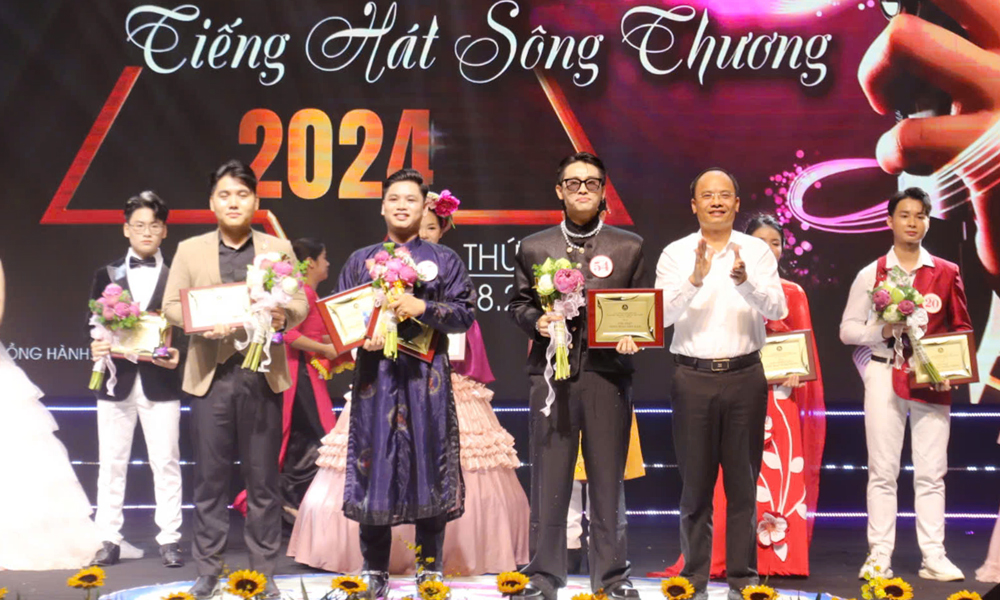



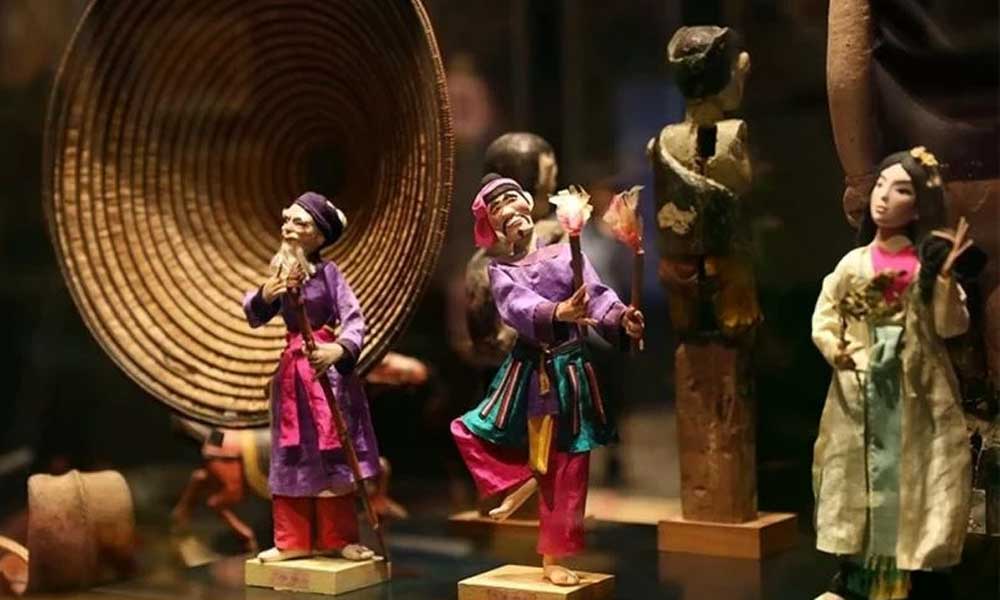
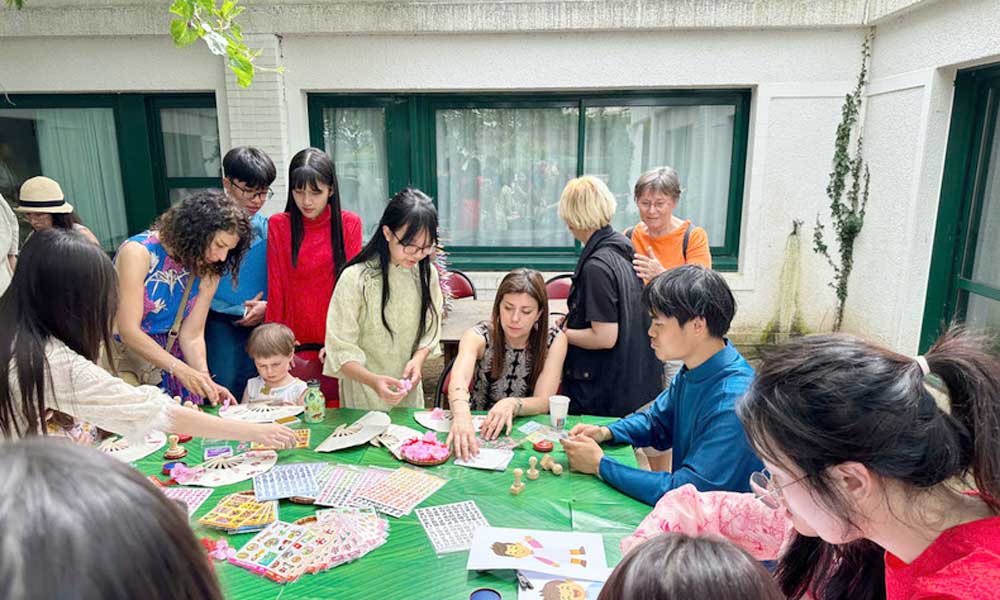
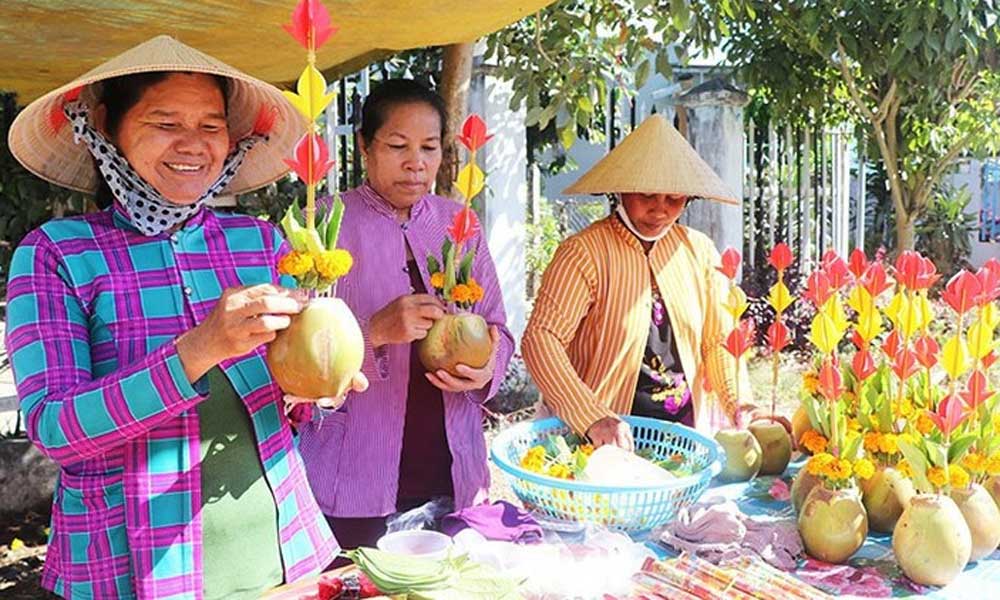
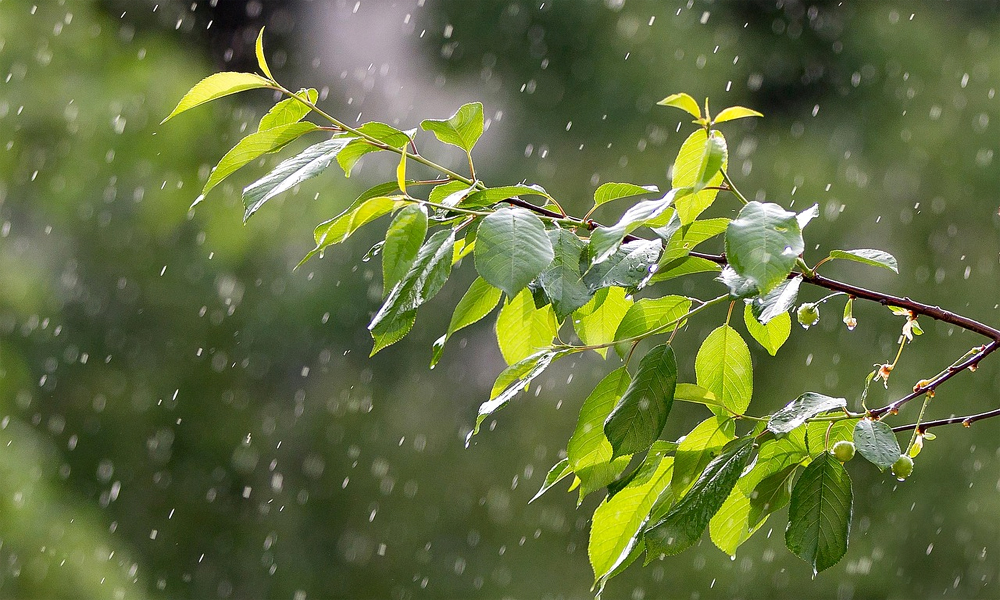
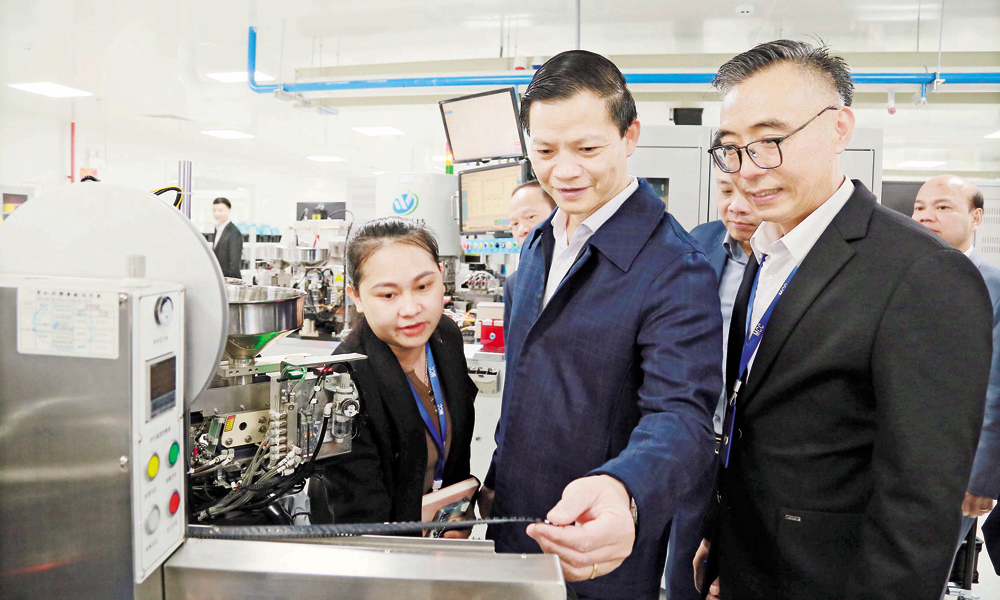

Reader's comments (0)